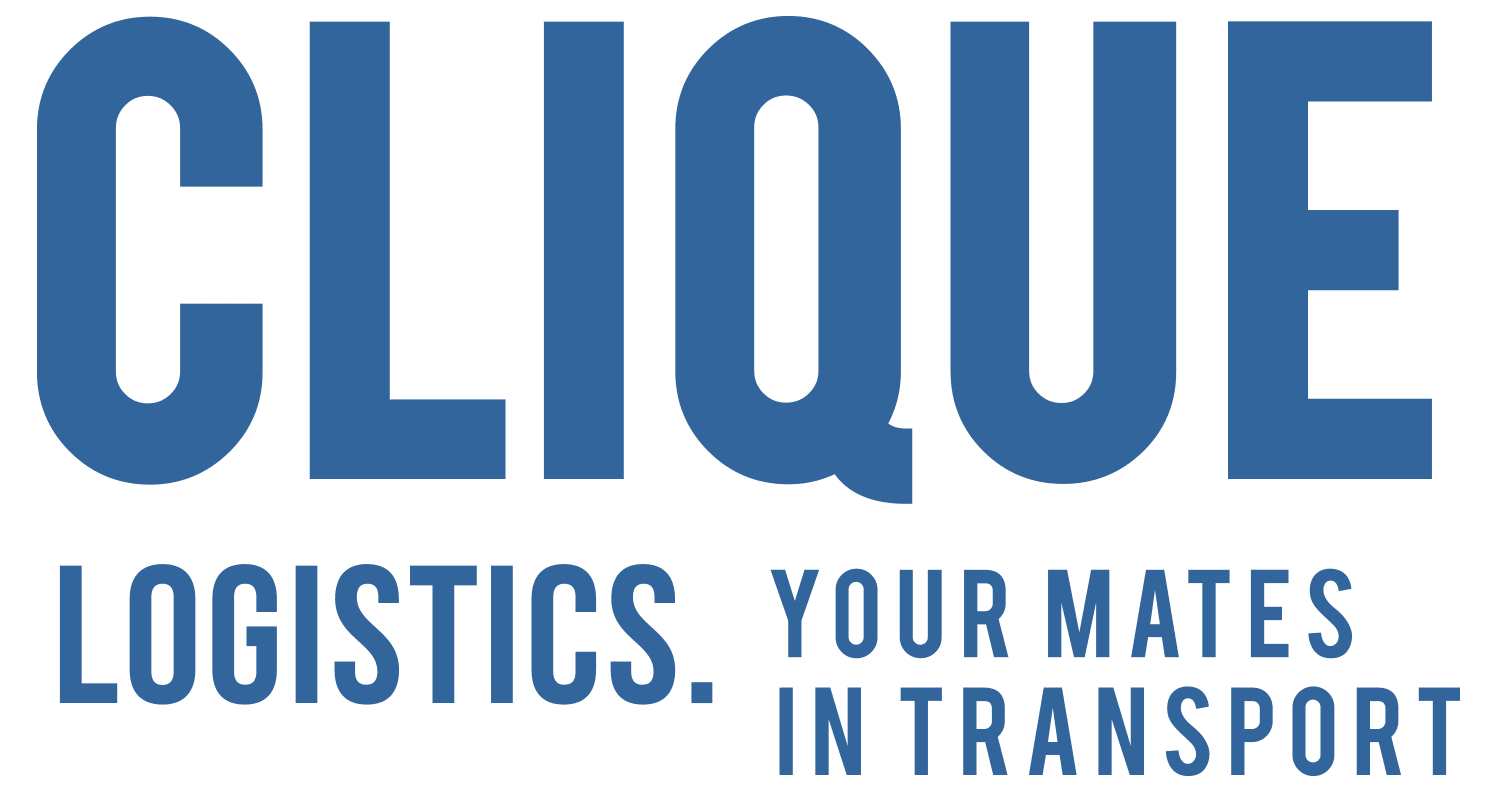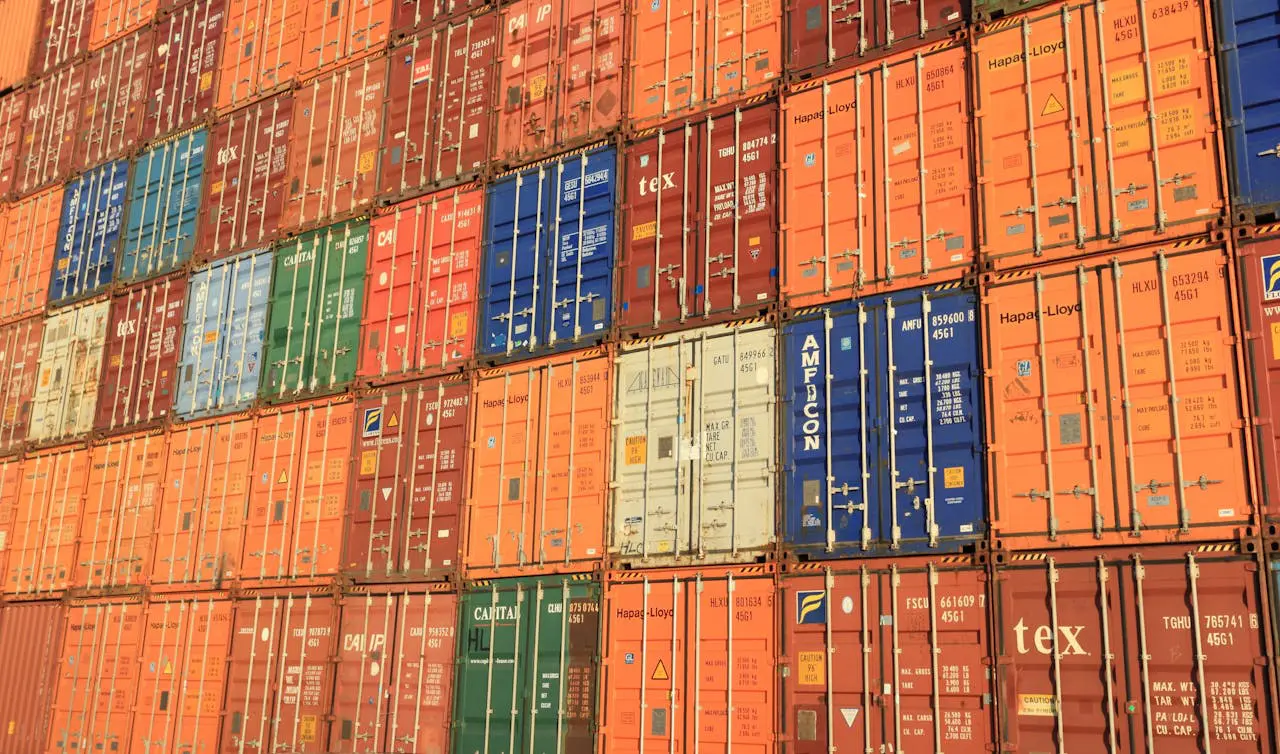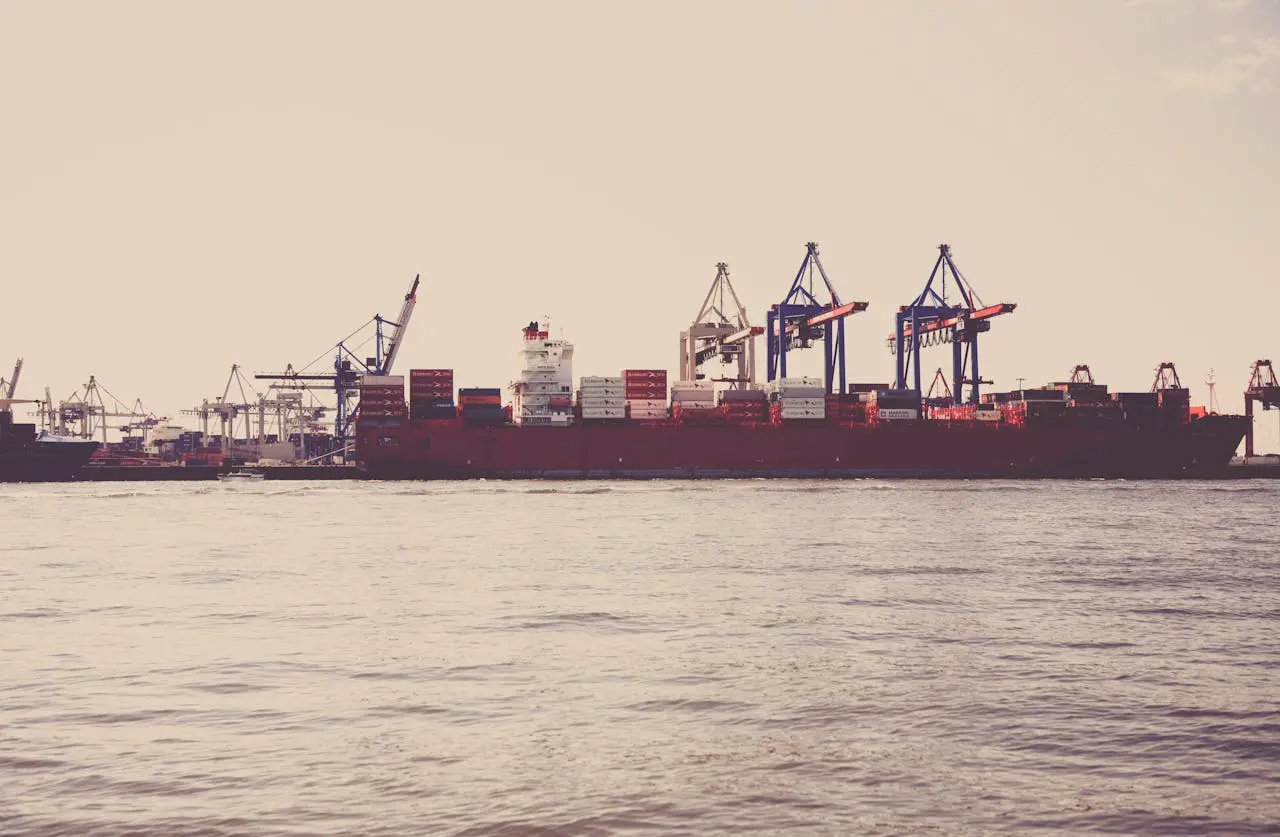The global transport industry is rapidly evolving, shaped by technology, consumer demands, and the push for sustainability. You’ll see innovations like Mobility as a Service (MaaS), electric vehicles, and autonomous delivery solutions gaining traction. The post-pandemic recovery is driving partnerships between public transport and tech firms. As you investigate, you’ll find that environmental concerns and strategic navigation are key to addressing challenges in logistics and creating a greener future in transportation.
Key Trends Shaping the Future
As you investigate the future of the global transport industry, you’ll notice key trends like Mobility as a Service (MaaS) and advancements in last-mile delivery shaping how we move.
Electric vehicles are becoming more accessible, while workforce shifts in the trucking sector are redefining job roles.
These changes not only improve efficiency but likewise push for a more sustainable and adaptable transport environment.
Mobility as a Service (MaaS)
Mobility as a Service (MaaS) is revolutionising how you navigate urban environments by integrating various transportation options into a single, user-friendly platform.
This innovative approach is set to change urban mobility, making travel more efficient and sustainable.
- Seamless planning, booking, and payment for multiple transport modes
- Real-time data to improve your travel experience
- Integration of electric and autonomous vehicles for greener solutions
- Collaborative partnerships among public transport authorities and tech companies
With the global MaaS market projected to hit USD 300 billion by 2030, it’s clear that these advancements in transportation systems won’t only lower urban congestion but likewise promote a more sustainable future for city dwellers.
Advancements in Last-Mile Delivery
With the surge in e-commerce, last-mile delivery has become a vital focus for logistics companies looking to meet growing consumer demands.
You’ll see advancements like autonomous delivery vehicles and drones transforming last-mile delivery services, enhancing efficiency and cutting delivery times by up to 30%.
As urban areas expand, the complexity of urban logistics increases, making innovative solutions indispensable. Companies are leveraging data analytics and route optimisation technologies, achieving reductions in transportation costs of up to 20%.
Furthermore, sustainability is a key focus; many delivery firms aim to lower their carbon footprints by adopting eco-friendly practices.
These trends aren’t just reshaping logistics but are also essential for addressing the environmental impacts of transportation, which contributes significantly to global greenhouse gas emissions.
Electric Vehicles and Accessibility
How can the transition to electric vehicles (EVs) reshape accessibility in urban environments?
EVs play a pivotal role in improving accessibility to transportation while promoting sustainability. As the transport sector shifts, you’ll notice advancements like:
- Reduced emissions contribute to cleaner air
- Increased availability of efficient technologies
- Upgraded public transit options via electrification
- Support for transit-oriented development initiatives
These changes mean more people can access reliable transportation, especially in densely populated areas.
With advancements in battery technology and government backing, the future of EVs looks promising.
Workforce Shifts in the Trucking Sector
As cities adopt electric vehicles to improve accessibility, the trucking sector faces its own set of challenges and opportunities.
With a staggering labour shortage, the logistics industry grapples with an estimated 80,000 driver shortfall in the U.S., fueled by an ageing workforce and increasing freight demands. About 40% of drivers are expected to retire over the next decade, intensifying this shortage.
E-commerce industries are accelerating the need for last-mile delivery, urging trucking companies to rethink their workforce strategies.
Simultaneously, the sector is embracing technology and automation, such as autonomous trucks, to boost efficiency.
Furthermore, initiatives promoting diversity and inclusion are vital for attracting women and minorities, helping to mitigate the labour shortage and infusing fresh talent into the trucking sector.
Post-Pandemic Normalisation
As the global transport industry rebounds post-pandemic, you’re likely noticing increased activity in Asia and a gradual recovery in European public transport.
This transition brings both challenges and opportunities, especially as we approach 2025.
It’s crucial to stay informed about how these changes will impact your operations and strategies moving forward.
Increased Activity in Asia
While many industries are still grappling with the aftermath of the pandemic, the transport sector in Asia is experiencing a remarkable rebound.
You’ll notice a surge in logistics activity driven by:
- Increased demand for e-commerce logistics
- Investments in transportation infrastructure
- Improved resilience among logistics companies
- A shift towards sustainable aviation fuels
As economies reopen, the need for efficient logistics solutions is skyrocketing.
Urbanisation intensifies transportation demands, leading to substantial infrastructure improvements. Companies are diversifying their supply chains and embracing advanced technologies to tackle post-pandemic challenges.
This commitment to sustainability is evident as more firms invest in electric and autonomous vehicles, transforming the environment of Asian transportation.
The future looks bright as the industry adapts and thrives in this evolving landscape.
Gradual Recovery in European Public Transport
European public transport systems are steadily bouncing back from the pandemic, with ridership projected to hit 70-80% of pre-pandemic levels by the end of 2023.
To improve service reliability and enhance your passenger experience, cities are investing in infrastructure and technology. You might notice measures like reduced fares and expanded service hours aimed at encouraging public transport use.
Moreover, there’s a strong shift towards sustainable transport options, integrating electric and low-emission vehicles into fleets to reduce transport emissions.
Public transport agencies are likewise adapting to changing commuter patterns, offering more flexible services and routes.
This recovery phase is vital for revitalising transport networks and meeting the evolving demands of passengers like you, ensuring a greener and more efficient future.
Challenges and Opportunities in 2025
The global transport industry is maneuvering through a complex environment in 2025, where persistent challenges and emerging opportunities shape its future.
As you navigate this setting, keep in mind:
- Supply chain resilience remains critical because of ongoing disruptions.
- Fluctuating fuel prices are still a major concern for the logistics sector.
- Technological advancements are crucial for improving efficiency and managing risks.
- Reducing transport CO2 emissions is fundamental for sustainable practices.
E-Commerce Logistics Trends
As you investigate e-commerce logistics trends, you’ll notice a shift back to lower growth rates after a peak during the pandemic.
Nevertheless, logistics providers are proving resilient, adapting to changing demands and challenges.
This resilience is essential as they navigate the evolving terrain of online shopping and delivery expectations.
Return to Lower Trend Growth
While the e-commerce sector has experienced unprecedented growth in logistics demand, signs of a return to lower trend growth are emerging.
You might notice several shifts impacting the industry:
- Supply chains are diversifying to address past disruptions.
- Economic growth is stabilising, leading to more cautious consumer spending.
- Investments in logistics facilities are slowing as automation becomes the focus.
- Environmental concerns are pushing brands to adopt sustainable practices.
These trends indicate that while e-commerce logistics will still thrive, the explosive growth you’ve seen may temper.
Adapting to these changes will be essential for logistics providers as they navigate a more balanced market environment while addressing sustainability and efficiency in their operations.
Resilience of Logistics Providers
Logistics providers are adjusting to a more balanced market environment by focusing on resilience, especially in the face of rising e-commerce demands.
With logistics spending projected to hit $10 trillion by 2025, you’ll find that supply chain management has become a top priority. Nearly half of businesses face risks from supply chain disruptions, prompting logistics services providers to invest in flexible solutions.
Advanced technology like data analytics and real-time tracking improves efficiency, enabling faster responses to consumer needs.
In addition, a commitment to sustainability is reshaping strategies, as 61% of industry players recognise its importance for long-term success.
Environmental Concerns
You can’t ignore the urgent need for CO2 emission reductions in the transport industry, as it’s a major contributor to climate change.
International collaborations and investments are key to creating sustainable solutions that can make a real difference.
Importance of CO2 Emission Reductions
As the transport sector accounts for over a third of global CO2 emissions, reducing these levels is crucial for tackling climate change.
Here’s why it matters:
- Meeting international climate goals requires a 25% reduction in transport emissions by 2030.
- There’s a projected increase in transport demand, making emission cuts even more challenging.
- Achieving over a 3% annual drop in CO2 emissions is necessary to meet targets.
- Electrifying road vehicles and adopting alternative fuels can significantly lower greenhouse gas emissions.
International Collaborations and Investments
Reducing CO2 emissions in the transport sector is only part of the solution; international collaborations and investments play a vital role in addressing environmental concerns.
Initiatives like the Accelerating to Zero coalition highlight how global collaboration can set binding regulations to decarbonise transport, particularly in aviation and shipping.
Significant investments in electric cars, which reached USD 425 billion in 2022, showcase the commitment needed for a sustainable future.
Governments worldwide are likewise implementing fiscal measures, like congestion charges, to promote low-emission transportation.
By supporting these initiatives, you can contribute to smoother international trade and a cleaner environment.
Together, these strategies create a roadmap for reducing emissions while nurturing economic growth through innovative transport solutions.
Strategic Navigation of Logistics
In the rapidly changing environment of logistics, you need to focus on optimising operations to stay ahead.
Future-focused decision-making is vital for manoeuvring challenges and seizing new opportunities.
Optimising Operations
While many companies grapple with supply chain challenges, optimising operations through strategic navigation of logistics has never been more crucial.
Here are key strategies to improve efficiency:
- Utilise automation and data analytics to streamline processes.
- Collaborate with logistics services providers for increased flexibility.
- Implement blockchain technology for transparent supply chain management.
- Adopt sustainable practices to meet regulatory demands and improve resilience.
Future-Focused Decision Making
As the transport industry evolves, making future-focused decisions becomes vital for steering logistics effectively. By understanding the various modes of transport and their impact on transportation networks, you can improve efficiency and reduce costs.
Collaborating with logistics services providers who prioritise sustainable practices allows you to navigate regulatory complexities while meeting consumer expectations. Emphasising automation and data analytics helps streamline operations and lessen supply chain disruptions, ensuring resilience in a fluctuating market.
As e-commerce continues to grow, adapting your strategies will position you to capitalise on emerging opportunities. Focusing on these elements not only drives operational efficiency but also aligns your business with the future demands of a rapidly changing global environment.
Conclusion
As you navigate the evolving global transport industry, remember that “adapt or perish.” Embracing technological innovations and sustainability practices is crucial for staying competitive in this fast-paced environment. The rise of e-commerce and the push for efficient logistics solutions present thrilling prospects, but they likewise come with challenges. By staying agile and responsive to change, you’ll position your business to thrive, ensuring that you meet the demands of consumers while contributing positively to the world.





